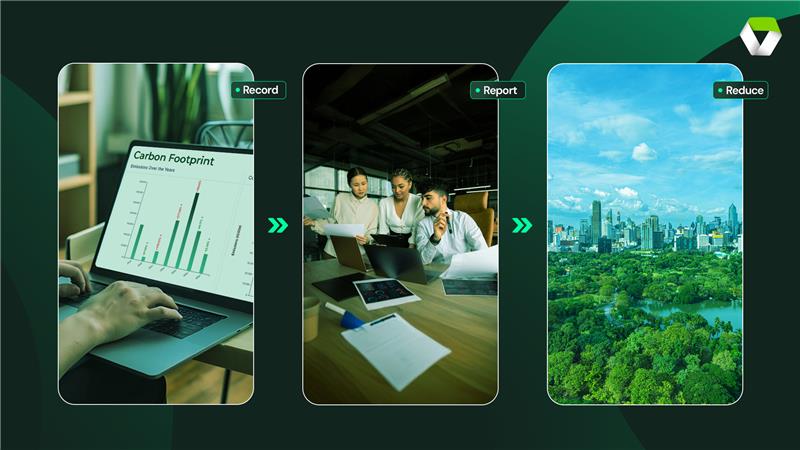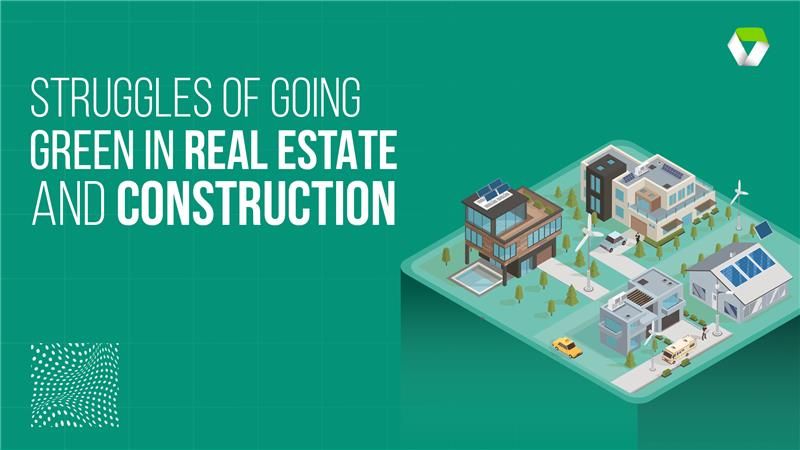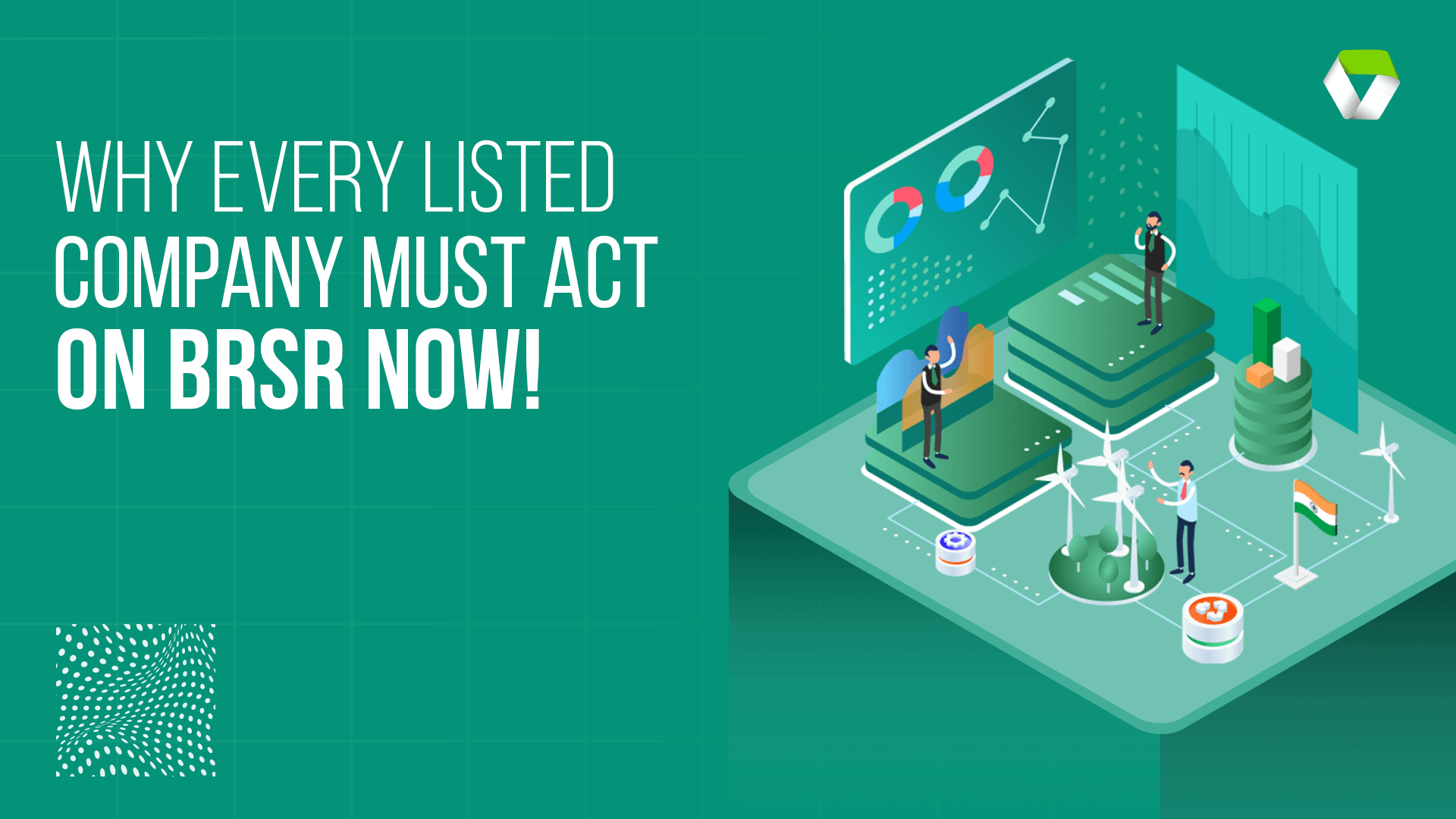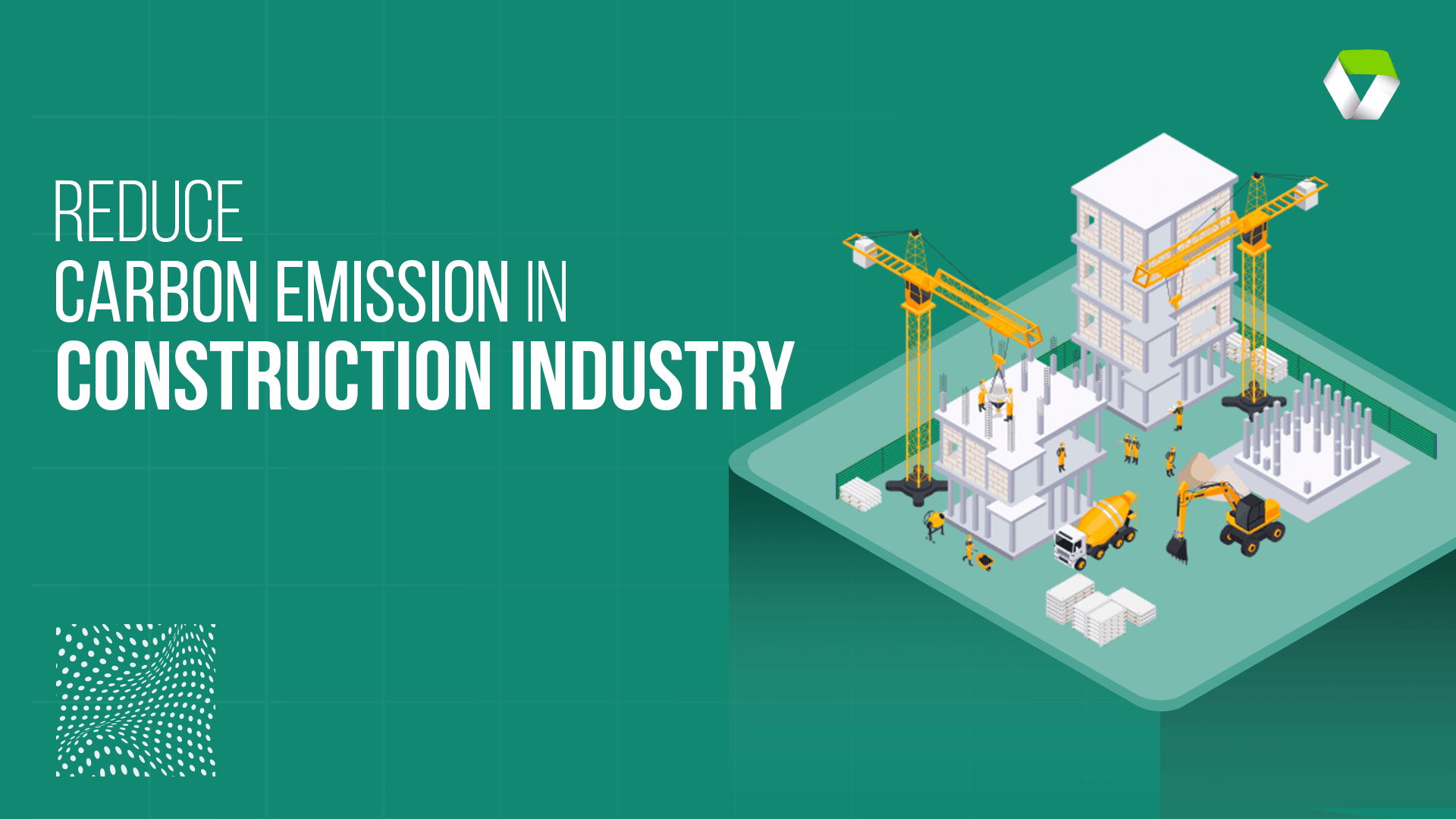The Ripple Effect: Understanding the Impact of Carbon Emissions Across the Value Chain

In today's rapidly evolving business landscape, the impact of carbon emissions extends far beyond individual operations. Companies now recognize the interconnected nature of their value chain and its profound influence on the environment. In this blog post, we'll explore the intricacies of how carbon emissions resonate across the entire value chain and why addressing this holistic perspective is crucial for sustainable business practices.
1. The Carbon Footprint Domino Effect
Every product or service has a story, and that story begins with raw material extraction, extends through manufacturing and distribution, and concludes with product use and disposal. At each stage, carbon emissions are generated, creating a domino effect that reverberates across the entire value chain.
2. From Cradle to Grave: Understanding Life Cycle Assessments (LCA)
To comprehend the true impact of carbon emissions, businesses are turning to Life Cycle Assessments (LCAs). These assessments evaluate the environmental footprint of a product or service from its inception to its disposal, providing a comprehensive understanding of where emissions occur within the value chain.
3. Materials Matter: Carbon Emissions in the Supply Chain
For product-centric businesses, the supply chain is a critical source of emissions. From raw material extraction to transportation, each link in the supply chain contributes to the overall carbon footprint. Carbon accounting software becomes invaluable in identifying emission hotspots and optimizing sourcing strategies for sustainability.
4. Manufacturing and Operations: Streamlining Processes for Efficiency
The manufacturing stage often represents a significant portion of a company's carbon emissions. Optimizing production processes, embracing energy-efficient technologies, and minimizing waste are essential steps in reducing the environmental impact of manufacturing operations.
5. Distribution and Logistics: The Carbon Cost of Getting Products to Consumers
Efficient transportation and logistics are key to minimizing the carbon footprint associated with product distribution. Strategies such as route optimization, alternative transportation modes, and embracing sustainable packaging contribute to a greener distribution network.
6. Product Use and End of Life: Closing the Sustainability Loop
The journey doesn't end when a product reaches the consumer. Sustainable practices extend to product use and end-of-life considerations. Encouraging responsible consumption, designing for recyclability, and implementing take-back programs contribute to a circular economy and further reduce carbon emissions.
7. The Business Case for Holistic Carbon Management
Understanding the impact of carbon emissions across the value chain isn't just an environmental imperative; it's a strategic business decision. Companies that prioritize sustainability throughout their value chain are better positioned to meet consumer expectations, navigate regulatory landscapes, and build resilience in the face of global environmental challenges.
Conclusion: A Call to Holistic Sustainability
As businesses grapple with the complexities of carbon emissions, adopting a holistic approach that spans the entire value chain is paramount. The interconnectedness of these elements underscores the need for comprehensive strategies and tools, such as carbon accounting software, to effectively manage and mitigate the environmental impact. By doing so, companies can not only reduce their carbon footprint but also foster a more sustainable and resilient future for all. Stay tuned for more insights on navigating the sustainable business landscape!






